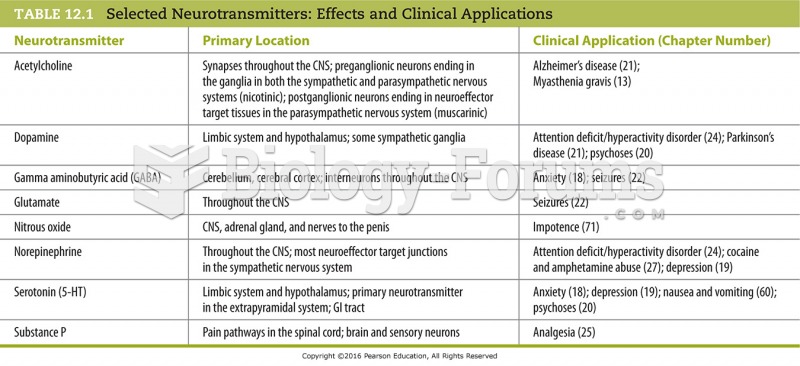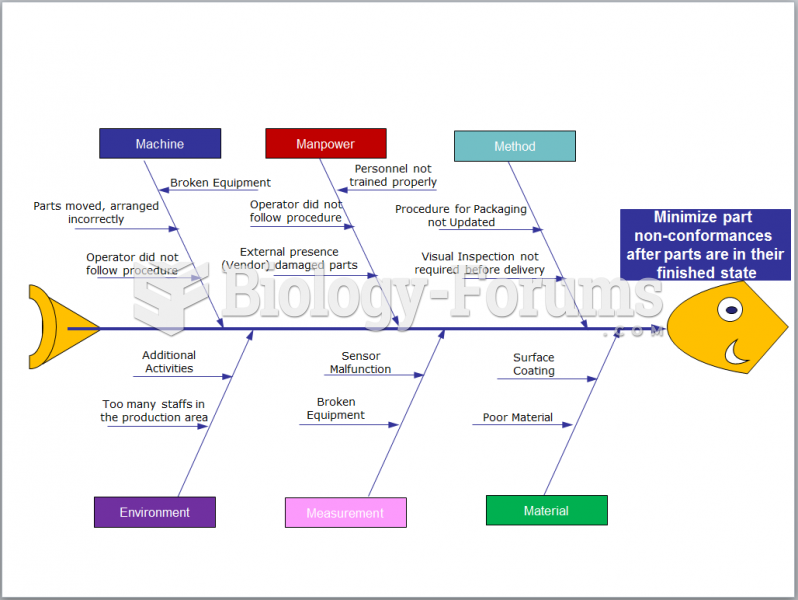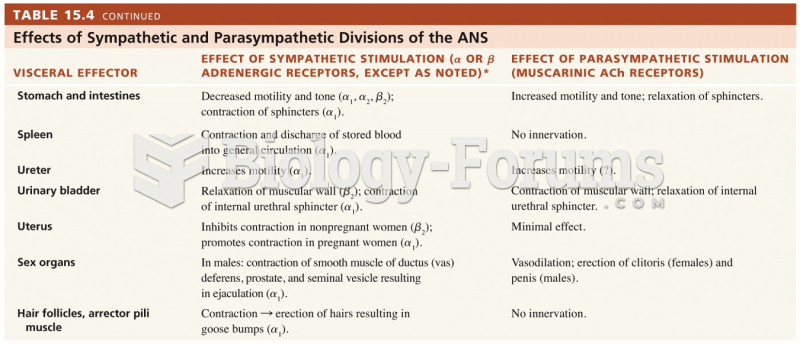Answer to Question 1
Achievement: Requiring students to take high-stakes tests has not, on balance, led to higher standardized achievement test scores. While some studies have reported small, positive effects, other studies have not. The effect on the long-standing gap between white and black and/or Hispanic students is also mostly negative.
Motivation: In a few instances, such as Massachusetts and Chicago, having to pass a high-stakes test in order to be promoted to the next grade or to graduate from high school appears to have motivated some students to work harder. The effect on teacher motivation seems to depend on how close the school is to meeting its AYP requirement. Teachers in schools that narrowly failed to meet this requirement seem to be more highly motivated to work at getting more students to pass than do teachers at schools that either failed by a wide margin or passed by a wide margin.
How Teachers Teach: High-stakes testing programs typically produce the following negative effects: focusing on small, isolated pieces of information that will likely be tested rather than on broad, integrated themes and concepts, emphasizing lecture and drill-and-practice exercises over discussion and inquiry forms of learning, providing more instructional time to bubble kids, increasing the amount of time devoted to test preparation. On the plus side, the following positive effects have been reported: more emphasis on knowledge integration, greater use of cooperative learning, and more time spent preparing lesson plans.
The Curriculum: One effect that is usually seen as positive is that the curriculum in many school districts and what is actually taught in class is more closely aligned with state standards. The major negative effect is curriculum narrowing: subjects that are not part of a state's standards, and therefore will not be tested, are either given less time by teachers or are eliminated from the curriculum altogether.
The dropout Rate: Because of differences in how states define and count students who drop out of school, it is impossible to state what the exact number is. Nevertheless, it is generally accepted that exit exams cause more students to drop out than would otherwise be the case. This seems to be particularly true for minority students, students from low-income families, and English language learners.
State Standards and Tests: Because of previous failure rates and in order to avoid the negative consequences of failing to meet the requirements of NCLB, many states have formulated standards that more students can master and lowered the cut score between the Basic and Proficient levels.
Use of Supplemental Education Services: Students in failing school districts are eligible for supplemental tutoring services. But less than 20 of such students take advantage of this feature.
Answer to Question 2
Attention is the selective focusing on a portion of the currently available information in the sensory register. We choose what we will attend to by anticipating the information it will provide. Any information attended to will be processed further; information that is not attended to is lost.







